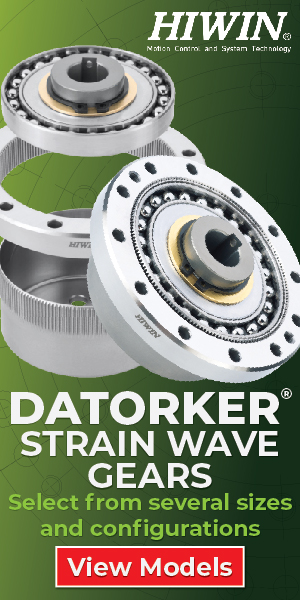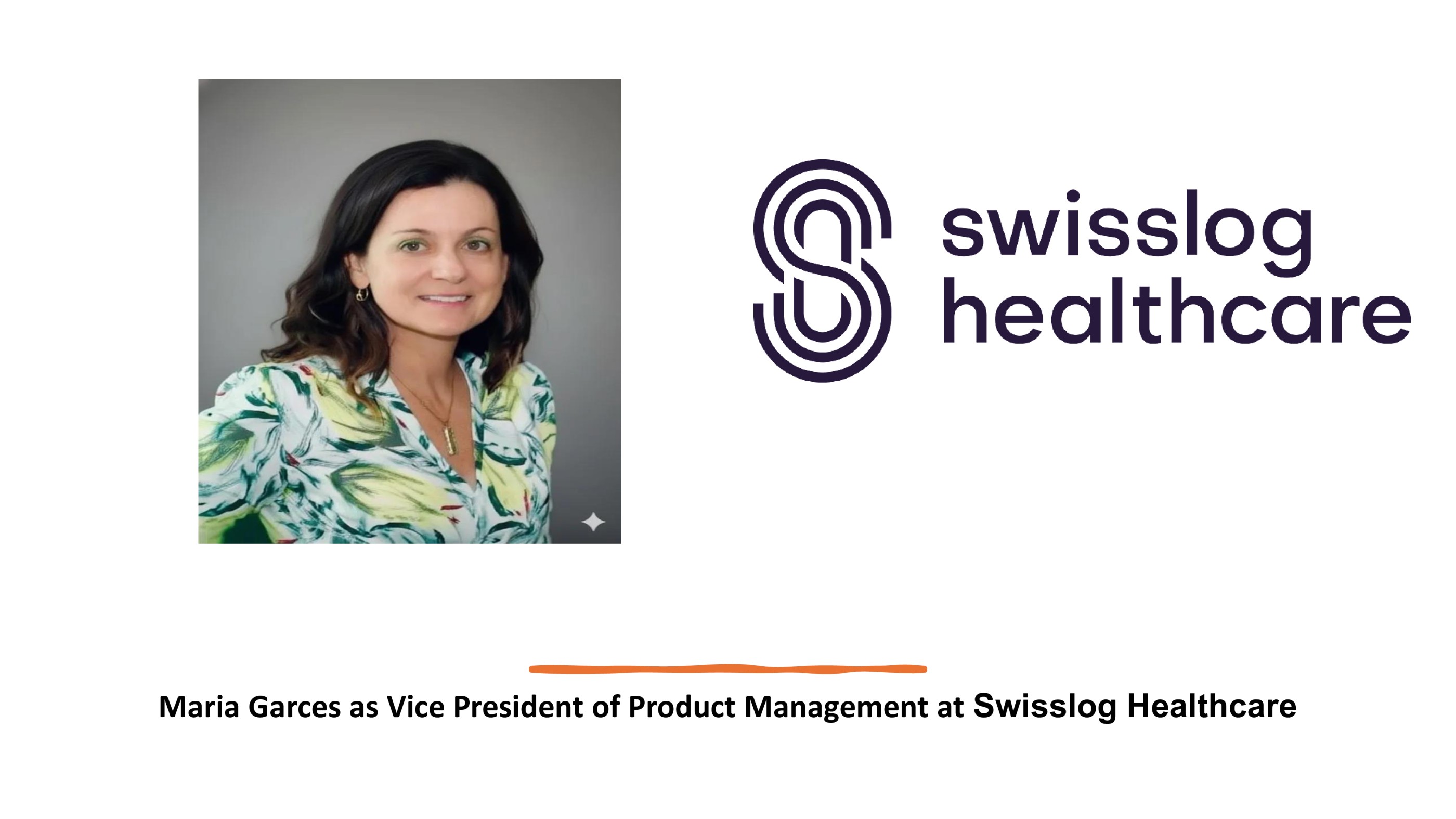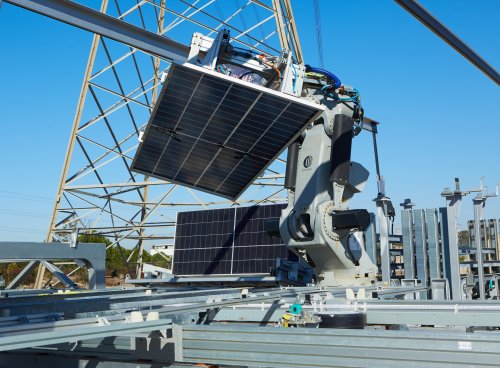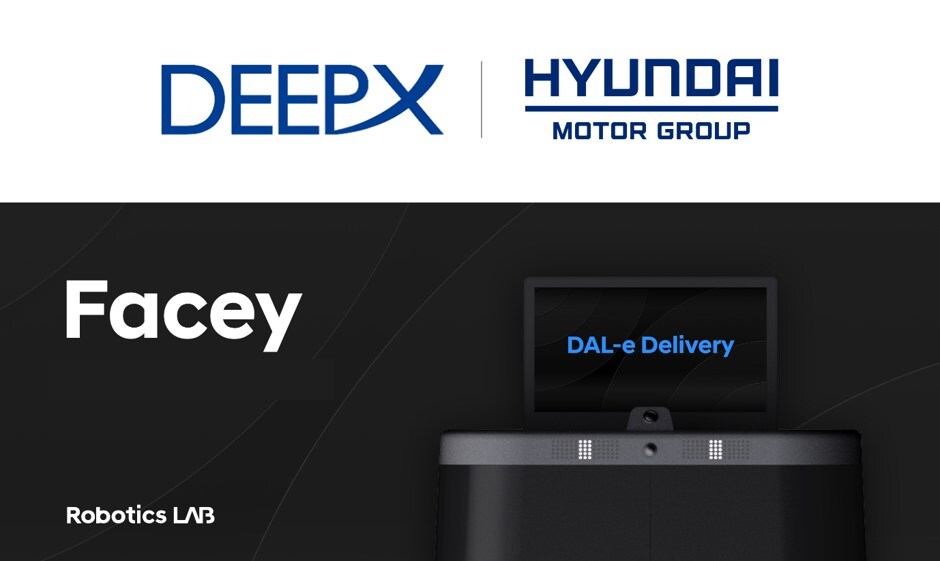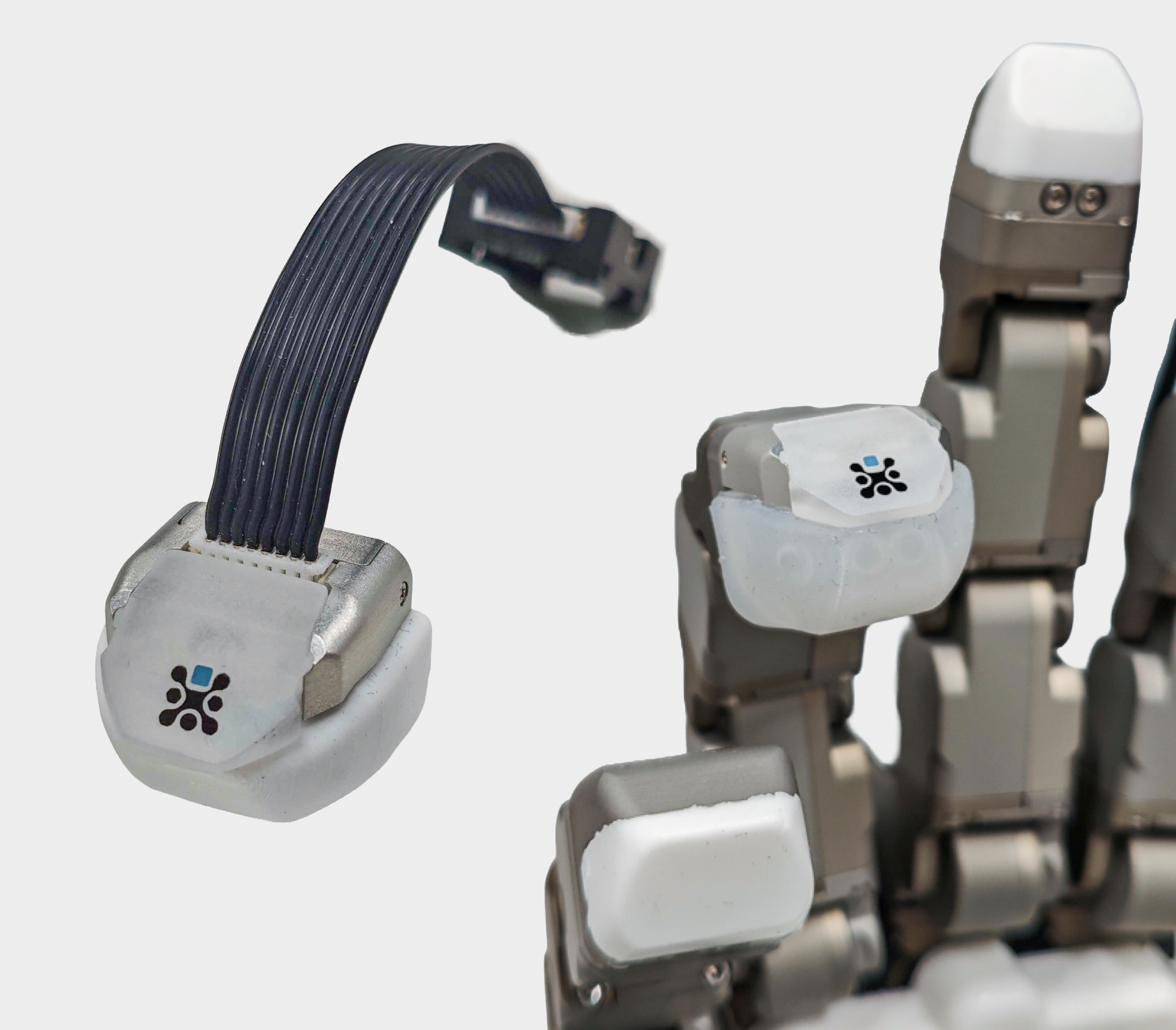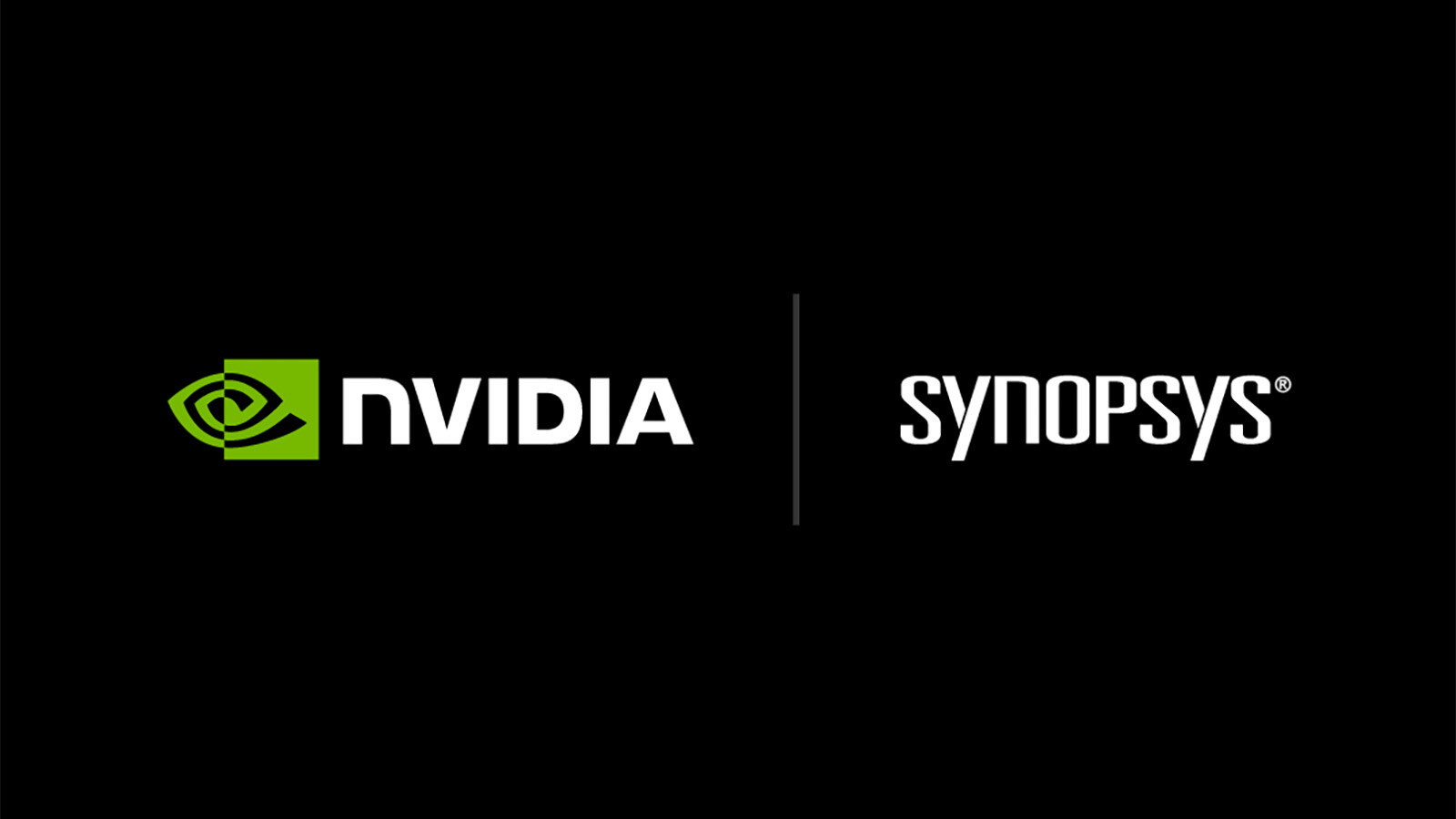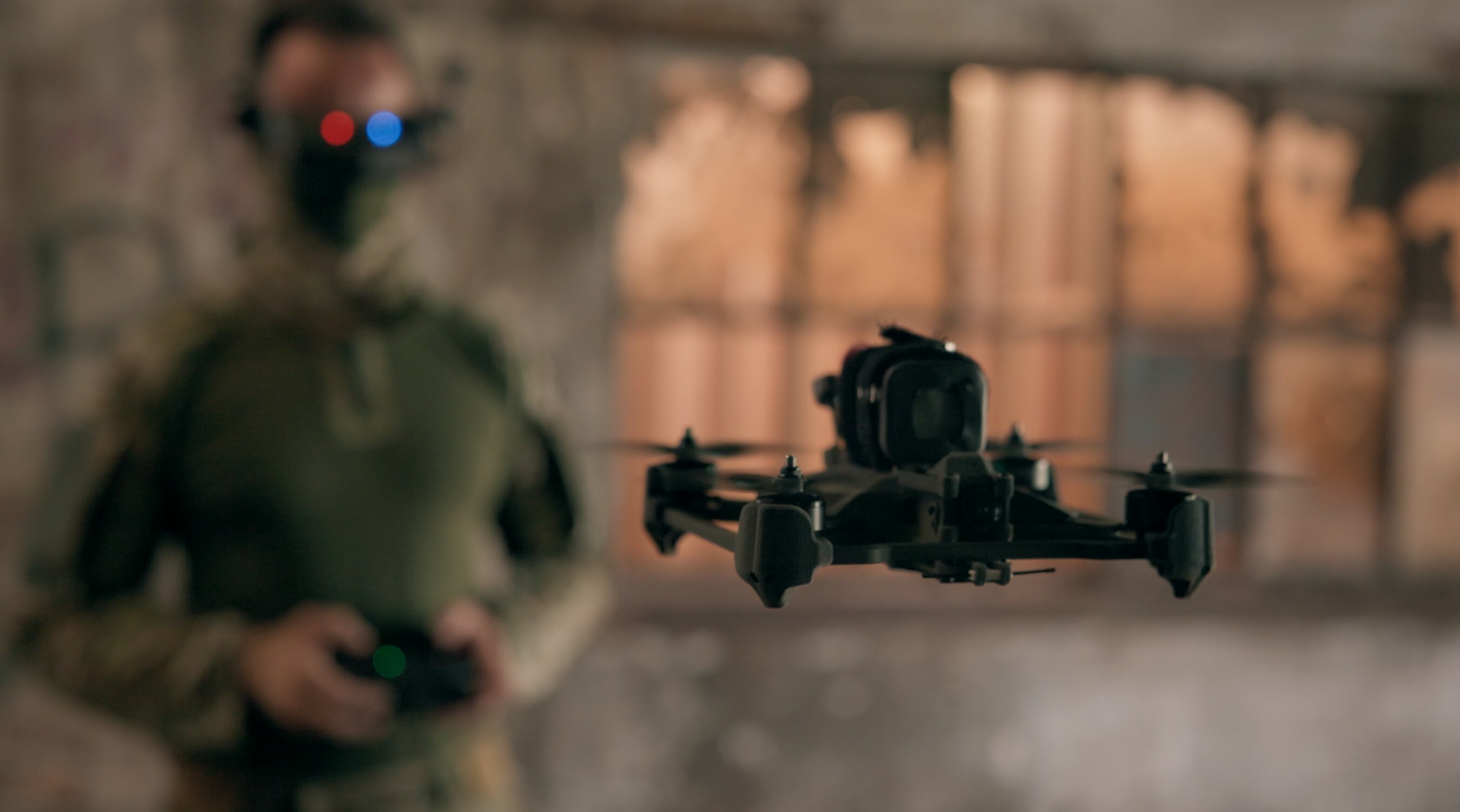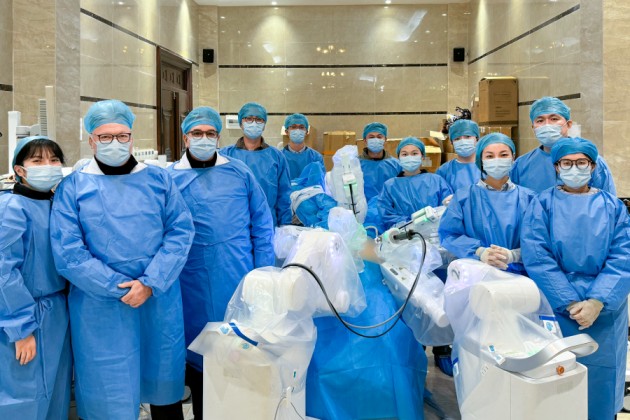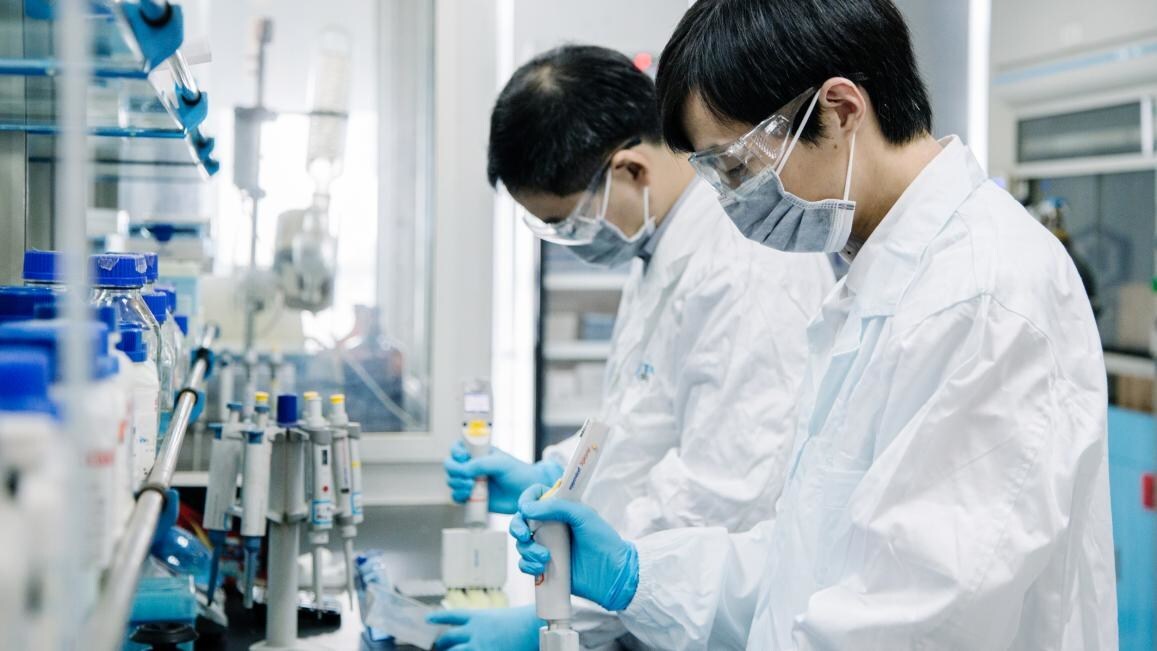DEXTER’s Next Leap: CEO Greg Roche on Redefining Robotic Surgery for Outpatient Care
08 May 2025 | Expert Insight | By editor@rbnpress.com
Greg Roche outlines how Distalmotion’s DEXTER Robotic Surgery System is setting new standards in mobility, workflow efficiency, and procedural access across outpatient surgical settings.
In an exclusive interview with Robotics Business News, Greg Roche, CEO of Distalmotion, discusses the clinical and strategic advancements propelling the DEXTER Robotic Surgery System into the spotlight. With successful NEST and HYPER clinical studies supporting new 510(k) submissions for cholecystectomy and hysterectomy, DEXTER is poised to expand its U.S. indications beyond inguinal hernia repair. Roche shares how DEXTER’s compact design, open architecture, and surgeon-centric console are reshaping robotic-assisted surgery for high-volume, outpatient procedures—while driving adoption through lower cost, streamlined setup, and improved instrument dexterity.
What are the key findings from the NEST and HYPER clinical studies, and how do they support the 510(k) submissions for cholecystectomy and benign hysterectomy procedures?
The NEST and HYPER studies confirmed the safety and efficacy of DEXTER in cholecystectomy and hysterectomy with adnexal surgery, respectively. Both studies met their endpoints.
Completion of these studies is intended to support future US indication expansion for the DEXTER Robotic Surgery System following initial De Novo approval for inguinal hernia repair in Q4 2024.
How does the DEXTER system's design cater to the specific needs of outpatient surgical settings, particularly for high-volume procedures like hysterectomy and cholecystectomy?
Outpatient surgical settings prioritize efficiency, patient experience, and cost-effectiveness—making traditional soft tissue robotic systems impractical due to their size, dedicated OR requirements, inflexible workflows, complex supply chain and sterilization, and cost. As more high-volume, low-acuity procedures shift to outpatient care—often with lower reimbursement—these settings demand more adaptable robotic solutions.
The DEXTER Robotic Surgery System is designed to make the benefits of robotic surgery accessible in any operating room by simplifying operations, making it uniquely suited to outpatient settings. Its small format and mobile design allow it to integrate into any OR - without the need for modifications - and to be easily maneuvered between rooms to maximize throughput. The draped, heads-up console facilitates flexible workflows by positioning the surgeon in the sterile field close to the patient for quick and easy bedside access with no redocking—enabling the surgeon to stay in control of the procedure with minimal need for additional OR staff. DEXTER open architecture allows surgeons to use their preferred on-contract instruments, lowering costs and ensuring compatibility with the latest innovations. Finally, it features an instinctive design that supports a smooth learning curve for new, occasional, or frequent robotic surgeons and ensures it fits into existing workflows for fast set up.
Can you elaborate on the recent system enhancements introduced in Europe and how they improve procedural fluidity and instrument dexterity?
The product upgrade focuses on four areas:
- Expanded operating workspace: Smaller robotic arms and longer instruments provides greater reach both around the patient and increased access to anatomy.
- Improved procedural fluidity: Single-arm use and adjustable surgeon-to-robot scaling speed.
- Simplified OR setup: Updated cables for more instinctive setup and easier cable management.
- Enhanced instrument performance with refined precision and control.
How does DEXTER's open architecture facilitate integration with existing OR technologies, and what advantages does this offer to surgical teams?
DEXTER is compatible with existing visualization systems and advanced devices, such as staplers and advanced energy. This allows surgical teams to use their current setups, while protecting existing investments and contracts to lower procedural costs – especially important in outpatient settings with lower reimbursement.
In what ways does the DEXTER system's mobile footprint and sterile console design impact operating room efficiency and surgical workflow?
DEXTER is small and mobile, seamlessly integrating into any OR setting, without the need for room modifications or the complexity of a dedicated robotic room with block time scheduling challenges that limits access. It can also easily be moved to a corner or maneuvered between rooms to provide a multi-use room or maintain turnover momentum, both of which are critical for high volume sites of care.
The draped console keeps the surgeon within the sterile field for quick patient access and facilitates continuous connection with the surgical team for efficient coordination. With no redocking required, surgeons have the option to transition from the console to the bedside based on their preferred clinical approach.




